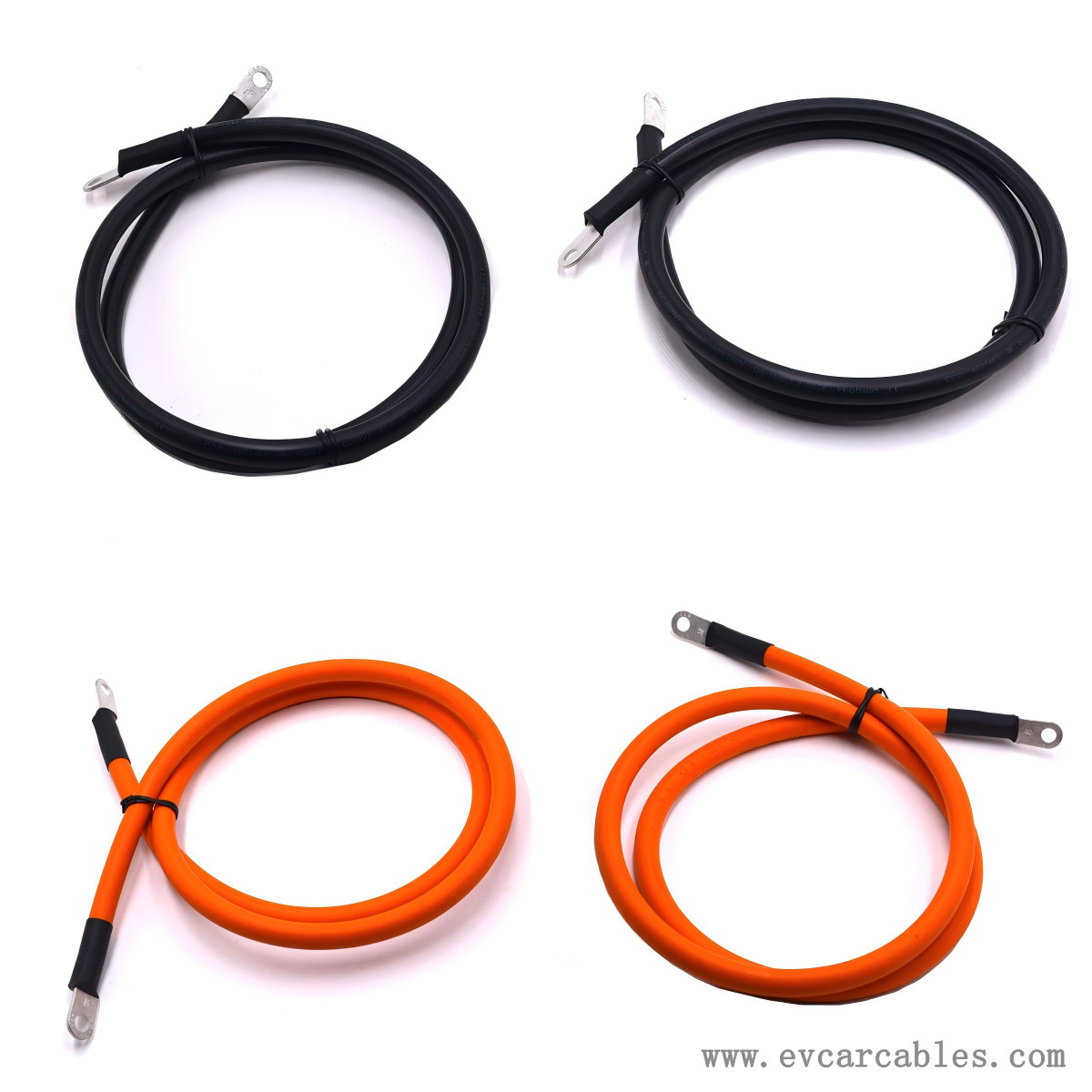In the fields of modern electronic devices, portable devices, and electric vehicles, battery power lines are not only the physical medium for energy transmission, but also the bridge connecting energy supply and equipment operation. It carries the power flow from the battery pack to the load, ensuring that the equipment can function properly.

Structure of battery power cord
A battery power cord typically consists of a conductor, insulation layer, shielding layer (optional), and outer sheath.
Conductor: responsible for transmitting electrical energy, usually made of highly conductive copper or copper alloy to reduce energy loss. The cross-sectional area and quantity of conductors determine the current carrying capacity of power lines.
Insulation layer: wrapped around the conductor to prevent current leakage and short circuit, while providing mechanical protection and wear resistance. Common insulation materials include polyvinyl chloride (PVC), polyethylene (PE), and cross-linked polyethylene (XLPE).
Shielding layer (optional): Used to reduce electromagnetic interference (EMI) and radio frequency interference (RFI), especially in high-frequency or sensitive electronic devices. The shielding layer is usually made of woven copper mesh or aluminum foil.
Outer sheath: The outermost layer that provides additional mechanical protection and wear resistance, while preventing damage to the internal structure from environmental factors such as water, oil, and chemicals.
Contact: Kevin
Phone:
E-mail: yppcable@126.com
Whatsapp:
Add: FL2,Bld 6, Hongte Industrial Park, Yongtou , Changan, Dongguan, Guangdong